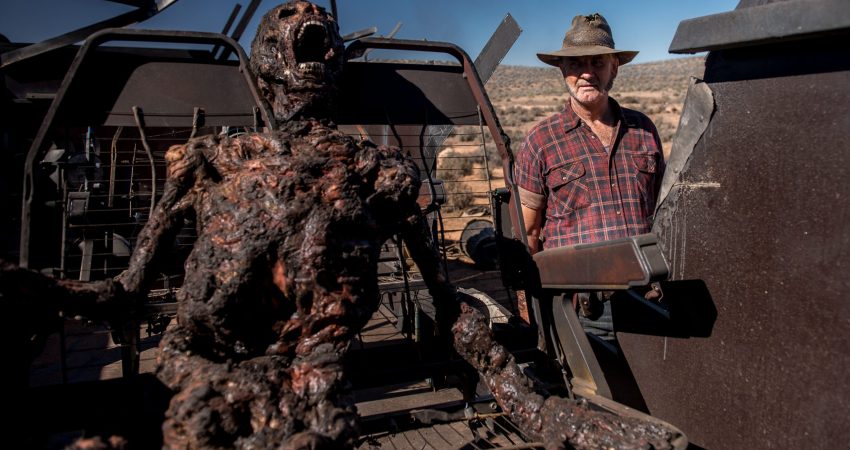It’s comforting to leave the cinema and know that boogeyman is limited to the film strips; after all, movies are just works of fiction, right? What if you found out the macabre truth behind one of your horror movies? Would that make it more terrifying for you? Here are five movies that are based (albeit vaguely) on real events:
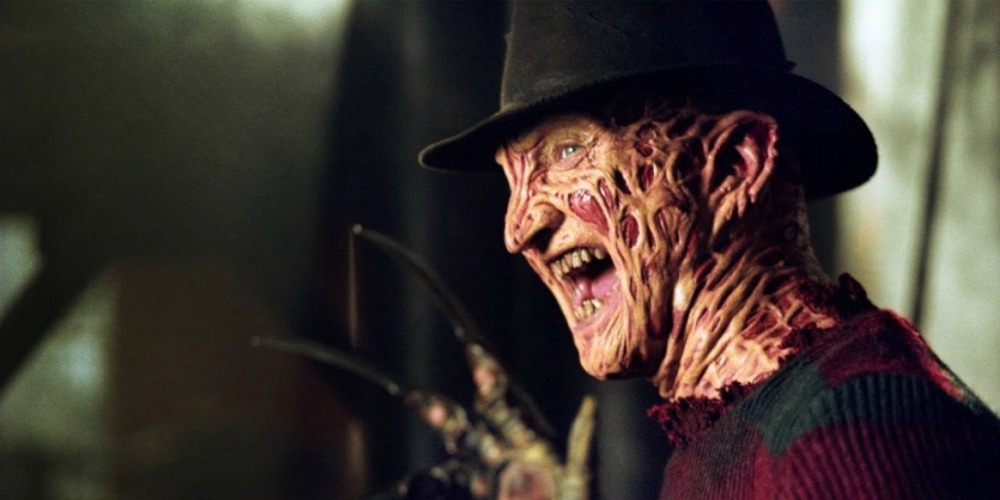
1: Nightmare on Elm Street
Many fans in love have probably heard the true story behind the infamous Screw demon, but I got on the list anyway. Wes Craven’s inspiration came from a series of LA Times articles about Asian immigrants who died during their nightmares. The deaths were never explained, even with an autopsy. It was reported that one of the men did everything he could to stay awake (for what happened to be six or seven days, despite the fact that his family needed to sleep) to avoid his nightmares, and when he finally fell asleep, his family was awakened to the sound of his screams. When they reached him, he was already dead. Was there something sinister about these deaths, or were they just coincidences? You are the judge.
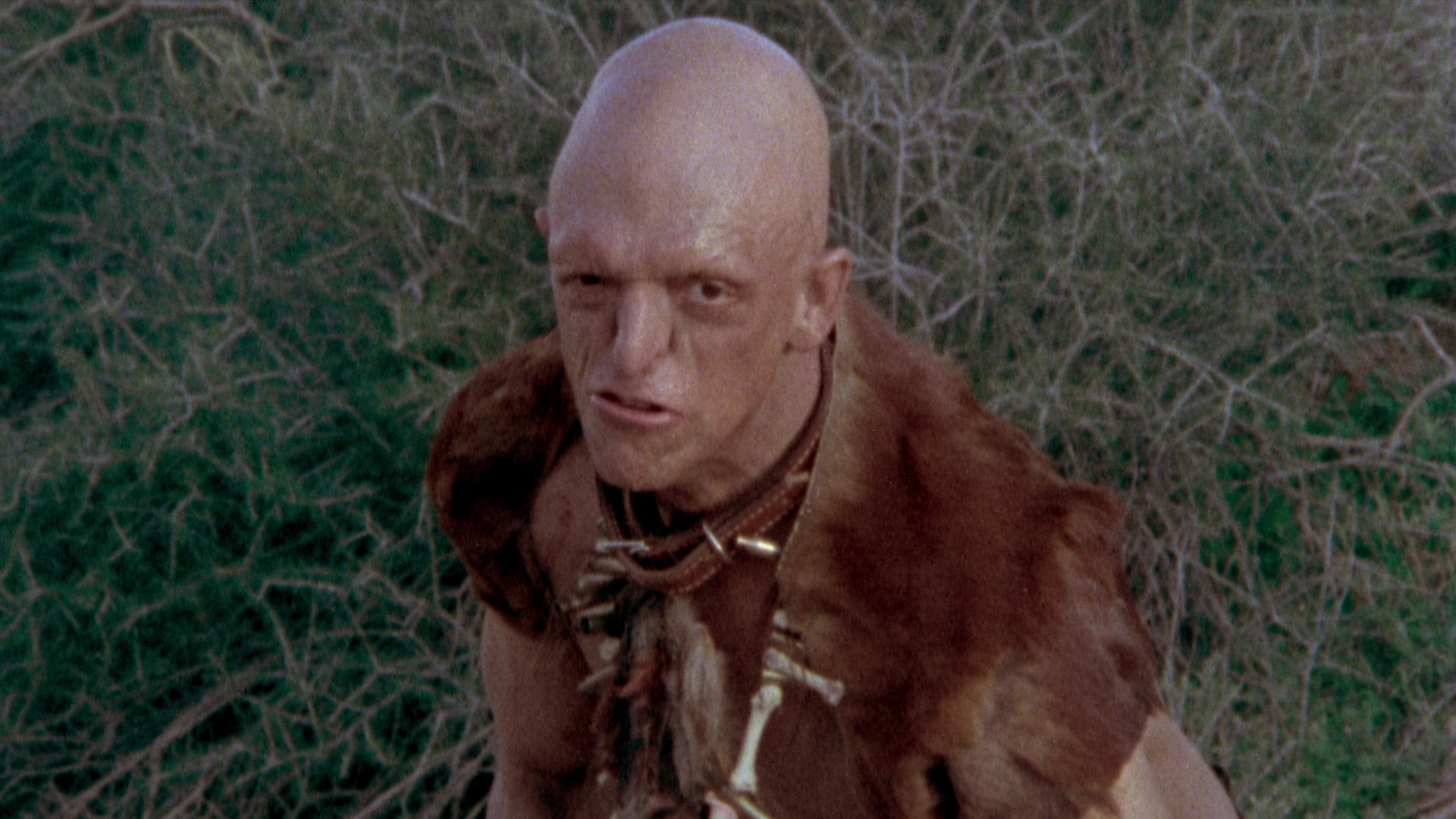
2: The hills have eyes
Nothing is more terrifying than the prospect of becoming a snack for a group of cannibals. Good thing these things only happen in movies, right? Well, not exactly. Another of Wes Craven’s classics was derived from a bit of factual history. The hills have eyes is a twist on the true story of Sawney Bean and his cannibal clan. The real family lived in 15th or sixteenth-century Scotland. It is said that they gathered their victims as they passed the caves. Eventually, they were hunted down and executed in various ways, after people began to notice a large number of missing people, as well as the number of body parts that decided to wash on the shore. Some records say they killed and ate more than 1,000 people. There are those who say that Sawney Bean never existed, or that the murders were exaggerated, but keep in mind this story the next time you pass a cave on the beach. It may not be as empty as you thought.
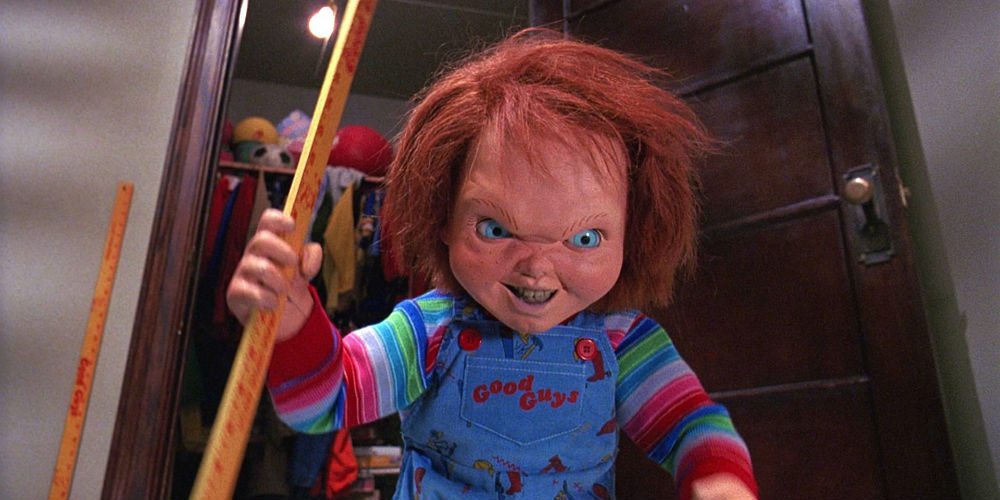
3: Play with children
I know what you’re thinking; there’s no way a movie about a killer doll is true. Well, technically you’re right. There was no doll called “Chucky” or a real serial killer named “Charles Lee Ray” (bonus points if you can guess how that name was chosen). The inspiration came from stories about Robert the Doll. Robert was given a boy’s name Robert Otto, by a man who is said to have practiced black magic. Robert Otto’s family said they would hear Robert the doll to answer the boy and chuckle to himself. Neighbors said they would see the doll moving while the family was away. When Robert Otto died, his doll was stored in the attic until it was found by the family who bought the house. The 10-year-old daughter of that family claimed that Robert the Doll tried to attack her several times. Robert has found a new home at the Martello Museum and is said to still be bringing strange events.
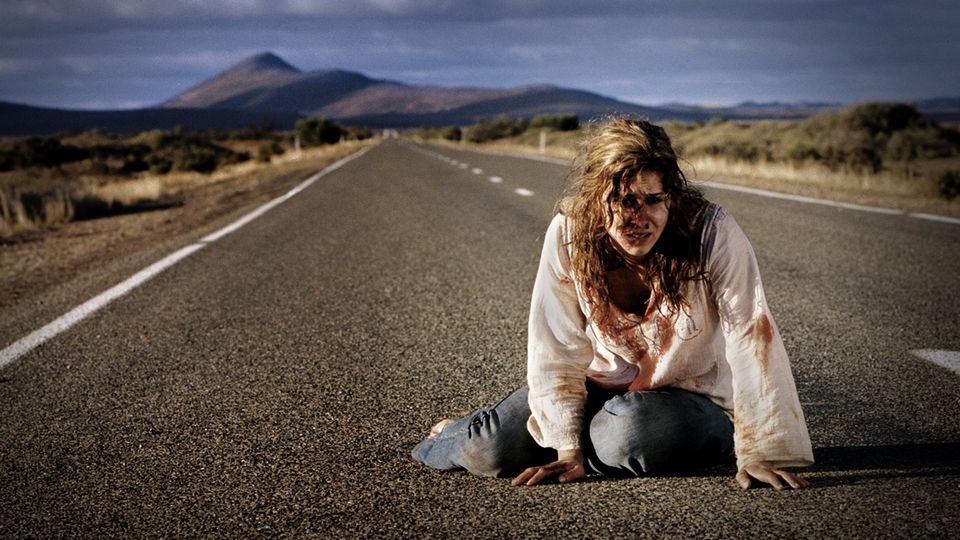
4: Wolf Creek
The idea for this film actually came from two separate crime sets in Australia. In 2001, a couple was driving on the road when they were signaled to stop John Bradley Murdoch. Murdoch then motioned to the man behind the vehicle, where he shot him. Then he tied the woman’s hands and put her in his vehicle. As Murdoch threw the man’s body, the female managed to escape and escape. He arrived safely, and Murdoch was arrested. To date, the man’s body has never been found. There are still some questions about the validity of the woman’s story, too, but Murdoch was still charged.
The second influence came from the serial killer, Ivan Milat. Milat was charged with killing seven backpacks in the 1990s, and because of the victim’s choice, the crimes were dubbed “backpack crimes.” Some of the victims had similar spinal injuries, indicating that their killer probably paralyzed them before the murder was over (which is most likely the influence for the famous “Head on a Stick” scene).

5: The entity
As far as I know, there are not many cases recorded by spectrophilia. Probably the most famous of these cases was the inspiration for “entity”. The true story involved a woman named Doris Bither and her children. Doris claimed to have been assaulted by a series of three spirits; a statement that her eldest son allegedly testified, saying he tried to help his mother, but was thrown into the room by an unknown force. Investigators have many different theories about the cause of apparent harassment, ranging from Doris, and possibly one or more of her children, with psychic abilities that provoked spirits in times of anger between Doris and her children, to Doris attracting somehow spirits in her due to her lifestyle and possible psychic abilities. Nothing has been heard about the family since the 1980s, but in the last interview, Doris said that despite moving many times, she is still affected by spirits. Whether you think the story is true or not, you can’t deny that it’s an interesting story.

